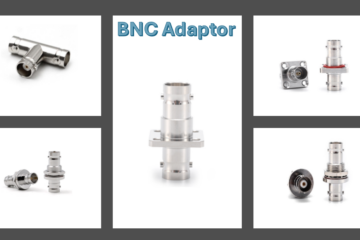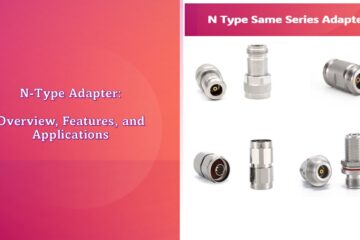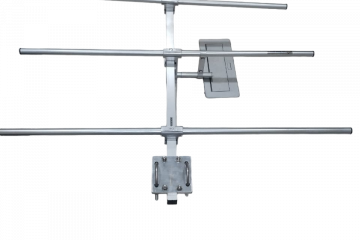In the world of modern wireless communication, precision and performance are crucial. Whether in defense systems, aerospace communication, or commercial telecommunications, the need for reliable high-frequency connections is constant. A high-frequency adapter plays a vital role in maintaining signal integrity across various RF and microwave applications. These adapters ensure smooth signal transmission, minimal loss, and maximum efficiency when connecting different types of RF connectors or components.
What is a high-frequency adapter?
A high-frequency adapter is a precision-engineered device used to interconnect two RF connectors of the same or different types while maintaining consistent signal quality at high frequencies. These adapters are design to work effectively in frequency ranges that often exceed several gigahertz (GHz), making them essential for use in high-speed data transmission and advanced communication systems.
They are commonly available in various connector interfaces, such as SMA, N-Type, BNC, TNC, 2.92 mm (K), and 3.5 mm. The adapters are manufactured to meet stringent electrical and mechanical standards, ensuring excellent performance even under demanding conditions.
Key Features of High-Frequency Adapters
1. Wide Frequency Range:
High-frequency adapters are capable of operating up to 40 GHz or higher, depending on the type and design. This makes them suitable for applications like radar systems, satellite communications, and 5G networks.
2. Low Insertion Loss:
These adapters are designed to minimize signal power loss during transmission, ensuring clear and accurate data transfer.
3. Excellent VSWR (Voltage Standing Wave Ratio):
A good adapter maintains a low VSWR, reducing signal reflection and improving overall system performance.
4. Durable Construction:
Made from high-quality materials such as stainless steel, brass, or gold-plated brass, these adapters provide excellent corrosion resistance and mechanical stability.
5. Precision Engineering:
Tight manufacturing tolerances ensure repeatable performance and reliability in both laboratory testing and field use.
Applications of High-Frequency Adapters
High-frequency adapters are used in a wide range of industries and applications, including
- Telecommunication Systems: For testing and connecting components in 4G and 5G networks.
- Aerospace and Defense: In radar, navigation, and satellite communication systems.
- Test and Measurement Equipment: Essential for connecting devices in RF testing labs and network analyzers.
- Broadcast and Media: Used in transmitting high-quality signals for audio and video communication.
- Research and Development: For prototype testing in electronic and microwave research projects.
Advantages of Using High-Frequency Adapters
- Maintain consistent performance across wide frequency bands.
- Reduce the need for multiple cable types and connectors.
- Improve system flexibility and scalability.
- Provide a cost-effective solution for interconnecting various RF components.
Conclusion
In today’s high-speed communication era, precision and reliability are key to system performance. A high-frequency adapter ensures seamless signal transmission across components without degradation. Whether used in laboratory testing, telecom networks, or aerospace systems, these adapters serve as the backbone of modern RF connectivity. Investing in high-quality, high-frequency adapters guarantees efficient performance, durability, and accuracy—essential factors in any advanced communication setup.



0 Comments